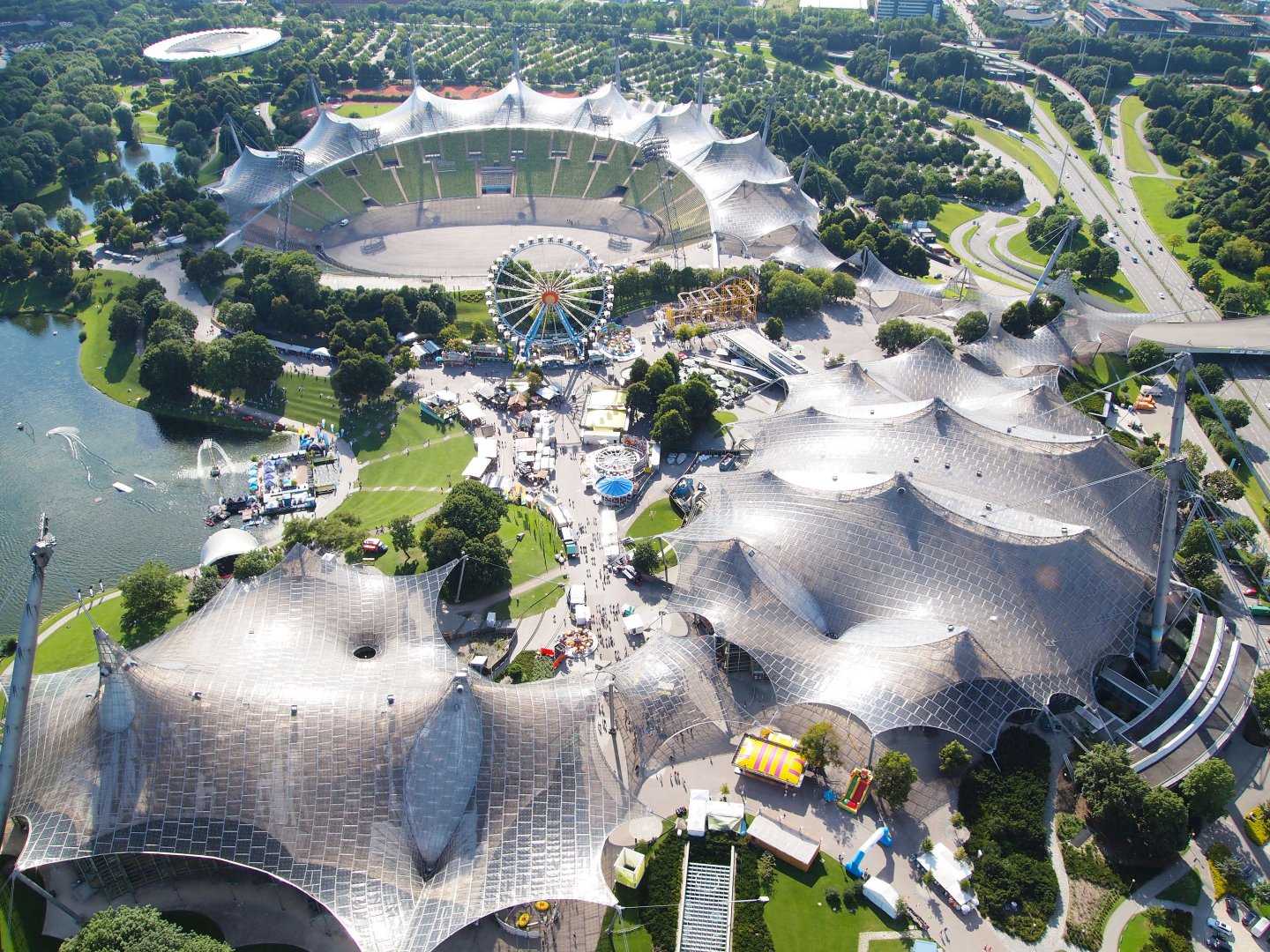
Design and Optimisation of Quad-Net Topologies via Airy Stress Functions
Please login to view abstract download link
Tensile structures are expressive architectural forms characterized by their intrinsic material economy, large-span coverage, and elegance. At the same time, their design and optimization are active fields of research due to their stringent structural performance and bidirectionality between form and force. This research paper introduces a structural design and optimization method for quad nets based on a synthesis of topology finding and graphic statics approaches. Said method, converts a 2-dimensional net to a 3-dimensional tensile structure (self-stressed or under vertical loading) of the same topology. To this end, an initial 2-dimensional quad net is generated based on topology finding, including structural features such as inner masts and outer anchors. The resulting four variations (base, masts, anchors, anchors and masts) are then optimized and compared. This is achieved by converting, the 2-dimensional net topology is converted to an accurate geometry of a 2-dimensional self-stressed truss through a corresponding Airy Stress Function (ASF). Specifically, the process of lifting the initial net to its 3-dimensional polyhedral ASF imposes face planarity, and therefore geometrical adjustments of the vertical projection of the net. This results to a convex, discrete ASF which is subsequently used for the form-finding of the quad net geometry in 3-dimensions by combining graphic statics (horizontal static equilibrium) and the Force Density Method (FDM) (vertical static equilibrium). The ASF graphic statics approach readily provides the form, force diagrams, and hence force densities. Consequently, the proposed structural design and optimization method can explicitly control the axial forces both of the internal and external boundary edges and compare different net topologies in terms of their resulting load path and hence material efficiency.

